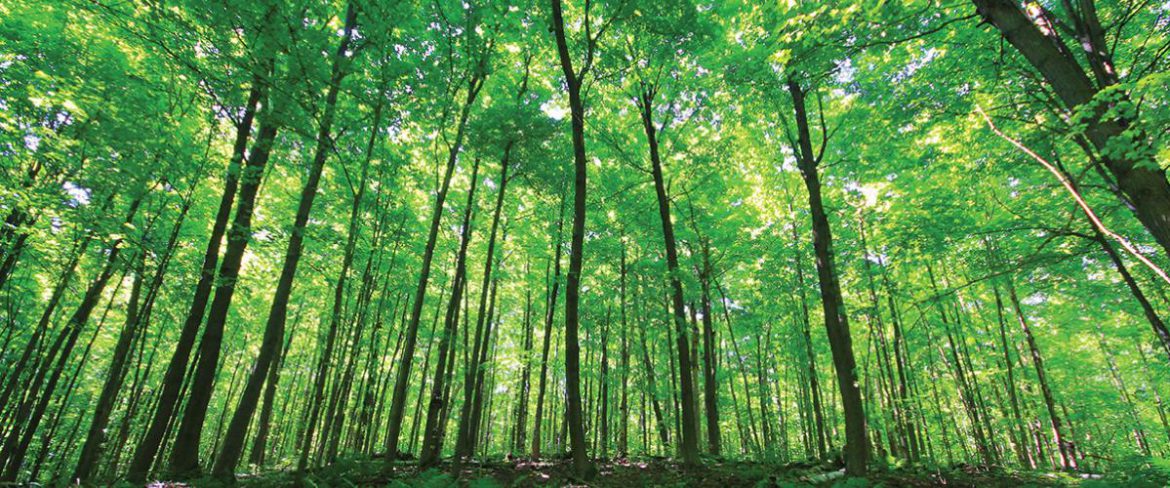The Natural Treasures of Glen Major Forest and Walker Woods
Almost 50 kilometres of trails help you see it all, whether you’re a hiker, cross-country skier, mountain biker or horse rider.
Did you know there’s a wilderness practically in our backyard? The 1,500 hectare Glen Major Forest and Walker Woods conservation area stretches from Uxbridge to Pickering and includes coniferous and deciduous forests, meadows, wetlands and lakes. Best of all, there are almost 50 kilometres of trails to help you see it all, whether you’re a hiker, cross-country skier, mountain biker or horse rider.
A good entry point is the parking area on Concession 7/Sideline 4, just north of Highway 5. A large interpretive map at the trailhead gives you the lay of the land and you can head off into the woods or up into a grassy meadow. On a recent visit, I shared the trail with the occasional jogger and dog walker; the peaceful rustle of the breeze in the trees and a nearby woodpecker the only sounds. From a hilltop, I was rewarded with a vista of rolling land to the south under a crisp, sunny, blue sky.
Up the road from the parking lot is what’s left of the village of Glen Major, which dates from the 1800s. It was home to mills, schools, a post office and train station at its height, but not much remains now. Among a scattering of rambling newer houses tucked in the trees, though, is the picturesque Weslyan Methodist Church, which was built in 1873. The church is still used in the summer season. Further afield, you can find the foundations of old farm buildings throughout the landscape.
There are multiple points of access to the forest, and the Trans-Canada Trail and Oak Ridges Trail both pass through. From the south parking lot on Concession 6, you can walk the Aggregate Trail, which runs by an old gravel quarry that is being restored to a living classroom to demonstrate the region’s biodiversity.
Besides its ecological and historical significance, Glen Major Forest and Walker Woods also contain a provincially designated Earth Science Area of Natural and Scientific Interest, called the Uxbridge Forest Kames. Kames are hills of sand and gravel deposited by glaciers as they retreated during the last ice age. In this area are also many “kettles,” small glacially created lakes.
According to the Oak Ridges Trail Association, the forests contain habitat for 120 different vegetation communities, 573 vascular plant species and 107 different fauna species, including white-tailed deer, porcupine, coyote and red-shouldered hawk – all right next door to the major urban centres of Durham Region. See you out on the trails!
For more information visit:
